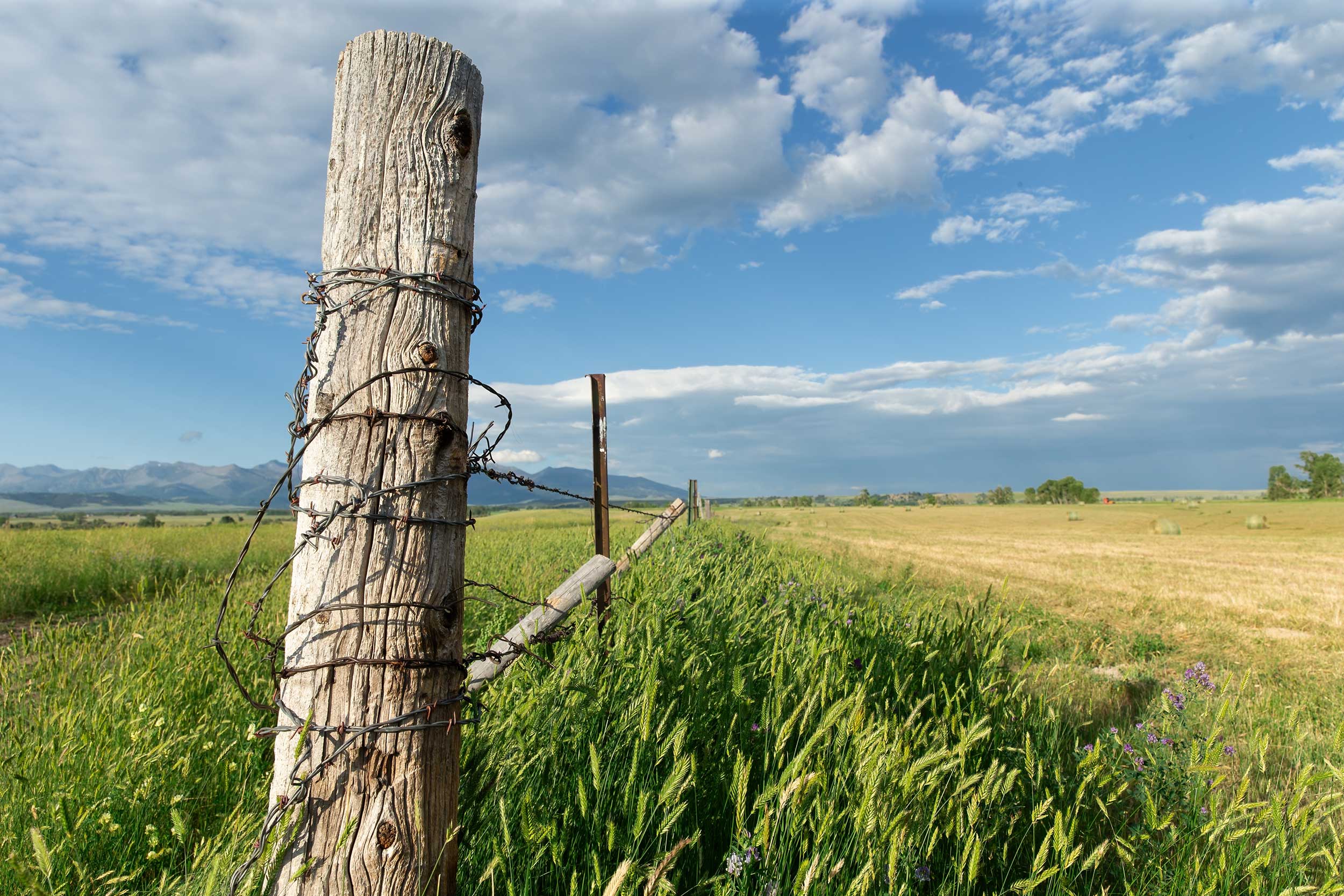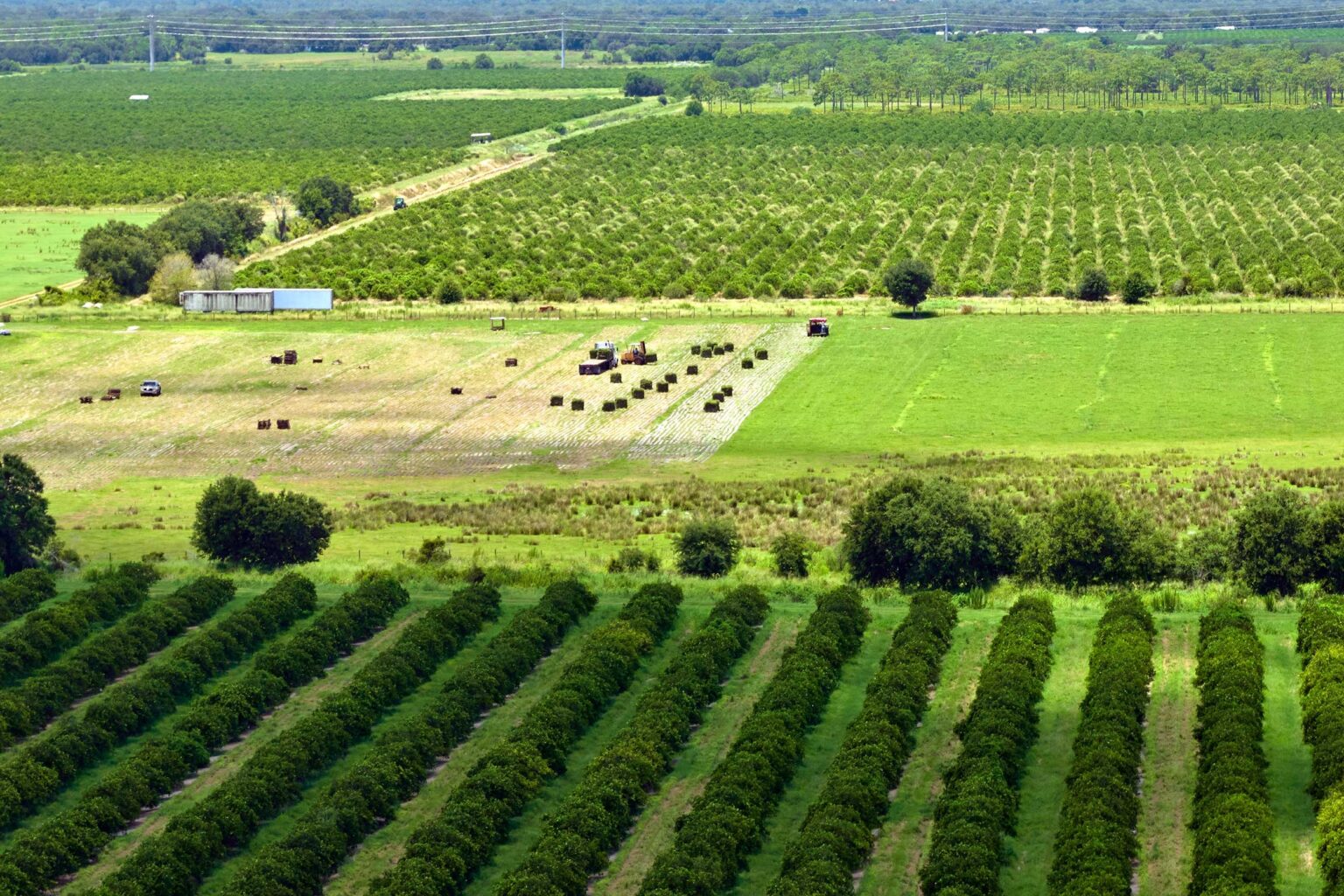U.S. farmland continues to gain value, but signs of a market cooldown are emerging. According to the U.S. Department of Agriculture’s 2025 Land Values Summary Report, the national average for farm real estate — including land and buildings — rose by $180 per acre over last year, reaching a record $4,350 per acre. This 4.3 percent increase marks the fifth consecutive year of growth, yet it also reflects a deceleration from earlier surges.
While still strong, this year’s growth is more modest than the 5 percent jump between 2023 and 2024, and notably lower than the 11.7 percent leap between 2021 and 2022 — a boom driven by peak commodity prices and robust farm income.
“Though land values are still rising,” the American Farm Bureau Federation notes, “the slowing pace signals a market cooling from the rapid appreciation seen earlier this decade.”
Cropland and pastureland both saw record values in 2025, mirroring the broader real estate trend. The national average cropland value rose 4.7 percent to $5,830 per acre — a $260 increase. Pastureland, meanwhile, climbed 5 percent to $1,920 per acre, continuing a three-year streak of price gains after nearly a decade of stagnation.
Regionally, growth varied. Michigan led all states with a 7.8 percent increase in farm real estate values, closely followed by Tennessee and South Dakota. However, no state posted double-digit percentage gains this year — a stark contrast to past spikes.
High-value land remained concentrated in the Northeast and California, where development pressure, specialty crop production, and limited land availability keep prices high. Rhode Island and Massachusetts posted the nation’s top real estate values at $22,500 and $14,900 per acre, respectively.

Rental rates climb, but growth slows
Rental markets also hit new highs — albeit at a slower pace. Cropland cash rents inched up 0.6 percent to $161 per acre. Irrigated rents declined slightly (-0.4%), while non-irrigated cropland rose by 0.7 percent. Pastureland rents remained flat at $15.50 per acre.
“Margins for producers who rely heavily on rented land remain precarious,” the AFBF warned, “especially as revenue potentially slips while fixed costs (including rents) remain elevated or inflexible.”
States like Washington (+10.7%), Montana (+8.2%), and Alabama (+8.1%) led rent growth. In contrast, Hawaii, New Mexico, and Wyoming saw rent declines of over 5 percent, reflecting regional market rebalancing and changes in land use demand.
Unlike earlier gains driven by market fundamentals, 2025’s rising values are being supported by federal assistance. The American Relief Act delivered $30 billion in ad hoc aid, including $21 billion for natural disaster losses and $10 billion in emergency commodity payments.
AFBF analysts observed, “Today’s growth may also stem from renewed confidence following recent federal disaster assistance… though this support is boosting 2025 net farm income forecasts, it is largely compensatory (not reflective of improving market fundamentals).”
With commodity prices softening and input costs remaining high, these payments are helping farmers maintain liquidity and collateral value — key to securing operational loans.
Beyond farm economics, farmland values are being shaped by lifestyle and investment trends. Expanding remote work has fueled migration to rural areas, while solar and energy developers continue to compete for open land. Farmland also remains attractive to institutional investors seeking stability and inflation resilience.
Programs like the Conservation Reserve Program have further tightened active farmland supply by paying landowners to retire acres from production. However, CRP is on shaky ground: “CRP authorization will expire on Sept. 30th without congressional action,” the AFBF warns, raising the possibility that formerly retired land could return to the market.
»Related: Farmer sentiment dips, but policy outlook stays positive«


